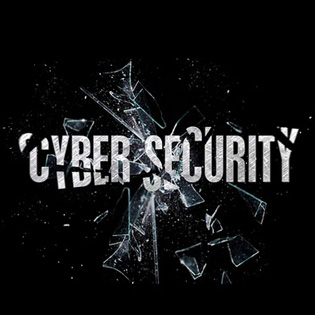How to Tell You’ve Been Hacked
December 11, 2018

Remember the Hollywood hacker stereotype? Skulls on screens, frantic typing, and dramatic pronouncements. Thankfully, real-world cyber intrusions are usually far more discreet. Hackers, like stealthy ninjas in the digital realm, prefer to remain undetected. Remember, in 2017, the University of Virginia Health System went a whopping 19 months before discovering a hacker lurking in their network – that’s some serious digital invisibility!
But fear not, intrepid digital citizens! While hackers excel at camouflage, there are telltale signs that can expose their covert operations. So, grab your magnifying glass and detective hat, let’s demystify the subtle clues of a potential hack:
Unexplained Toolbar Tourists:
Open your browser and find unfamiliar toolbars you’ve never seen before? Sporting logos you wouldn’t recognize? These uninvited guests are hacker-planted malware in disguise. Their mission? Redirecting you to nefarious websites for data theft or generating fraudulent clicks. If you spot these shady toolbars, eviction is immediate! Remove them promptly, update your security software, and fortify your firewalls.
Social Media & Email: Ghostly Greetings:
Remember that embarrassing chain mail you didn’t send or the weird invitations your contact list received from your account? These are red flags of a social media or email breach. Hackers love using compromised accounts to spread their digital tentacles. If you notice suspicious activity like unsolicited messages, change your passwords pronto and alert your contacts about the potential breach.
Two-Factor Fortress:
Adding an extra layer of security is as easy as adding cheese to pizza (in our opinion, essential!). Enable two-factor authentication (2FA) on your social media and email accounts. This security double-whammy requires a second verification code sent to your phone, turning your login into a two-person tango – no solo hackers allowed!
Anti-Virus Amnesia:
Remember the last time you updated your antivirus or checked its status? If the answer is hazy, consider this a potential warning sign. Hackers love exploiting outdated or disabled security software. Regularly check your antivirus status, ensure updates are running, and schedule periodic scans. If you find it disabled, don’t panic! Power down your computer and seek help from a trusted managed service provider like TOSS C3.
Cloud Cavalry to the Rescue:
Cybersecurity threats are ever-evolving, requiring robust protection beyond individual vigilance. Cloud-based solutions like those offered by TOSS C3 provide comprehensive security measures, advanced backup systems, and disaster recovery plans, ensuring your data is safe even if hackers breach your defenses.
Don’t wait for the skull and crossbones to materialize. Stay vigilant, educate yourself, and consider partnering with security experts like TOSS C3. Remember, proactive defense is the ultimate weapon against lurking digital ninjas. Contact us today at 1-888-884-8677 and let’s build your digital fortress against the ever-present cyber threats!
SEO Tips:
If you find that your software has been disabled, turn off your computer and contact a managed service provider that can help you with the next steps.
To learn about how cloud technology and TOSS C3 can help prevent any attempted breaches and quickly restore your systems in case of a disaster, read about us here and call us anytime at 1-888-884-8677!

Subscribe now and stay up to date with News, Tips, Events, Cybersecurity, Cloud and Data Compliance.